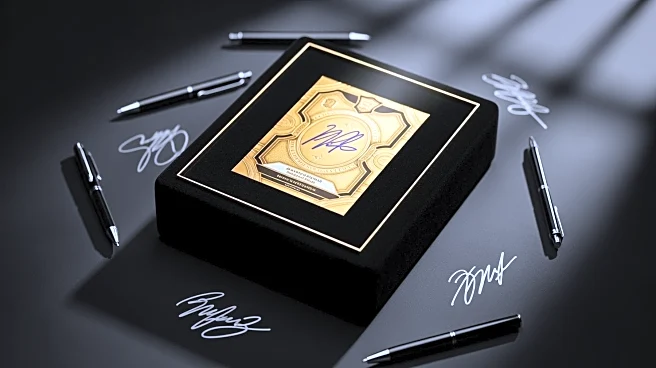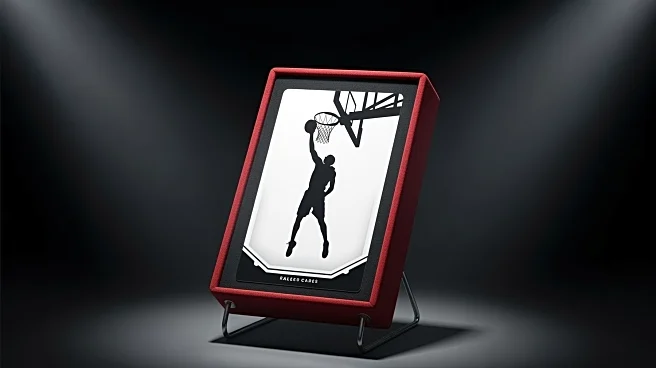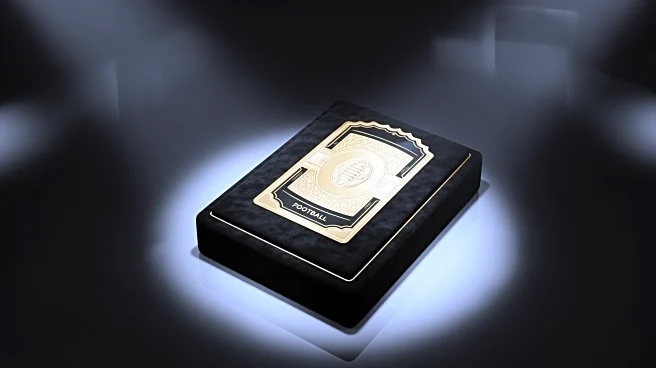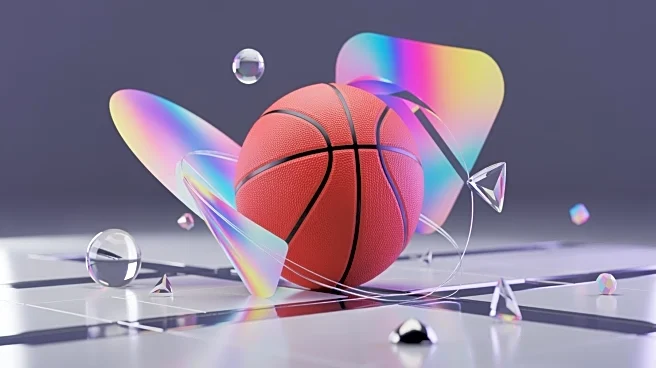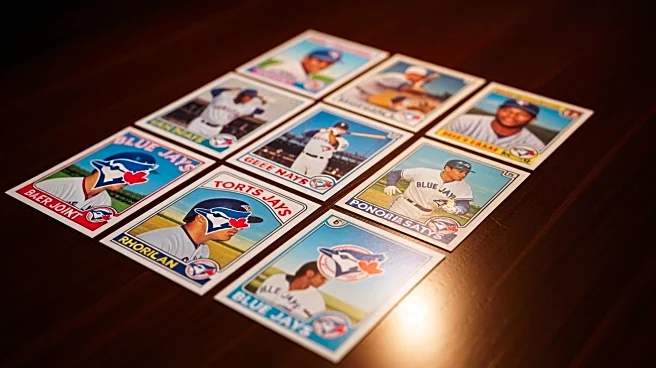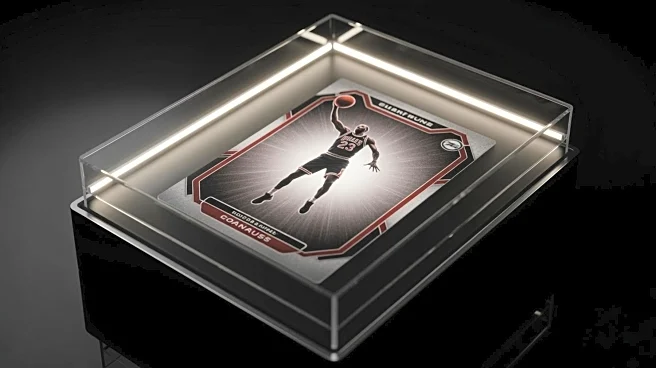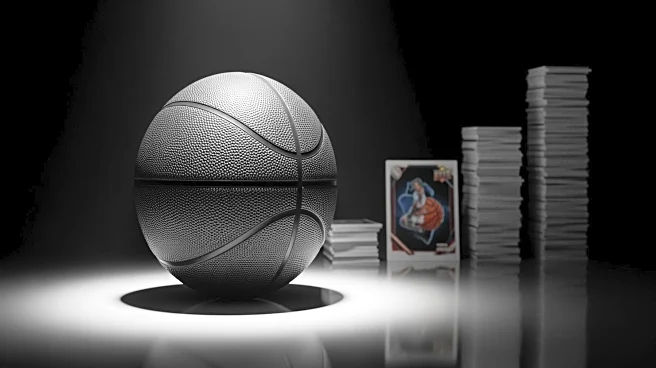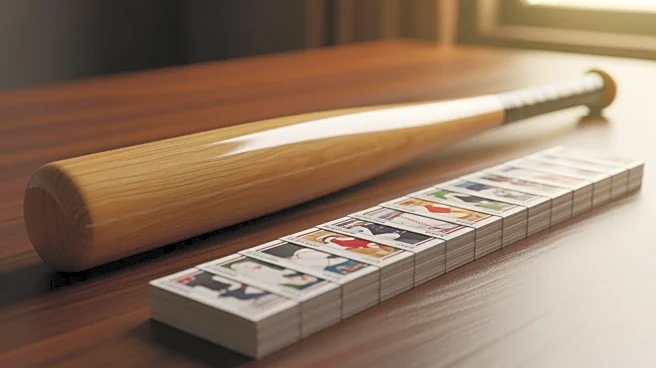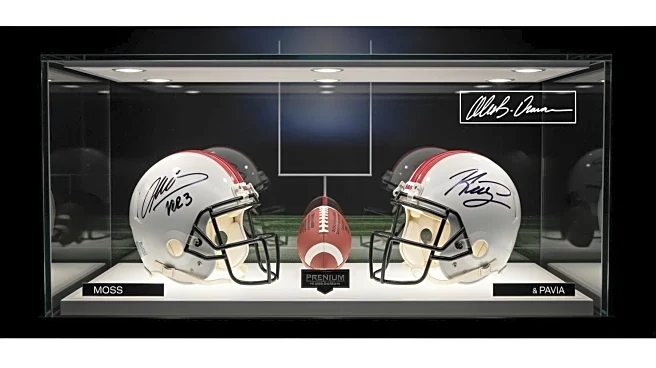What's Happening?
Ken Griffey Jr.'s 1989 Upper Deck rookie cards have seen a significant increase in value, surpassing the investment returns of gold over the past two decades. According to data from Card Ladder, a PSA
10 graded Griffey rookie card, which was valued at $270 in October 2005, is now selling for between $4,100 and $4,700. This represents a return of 15 to 17 times the original value, compared to gold's 10.5 times increase over the same period. The popularity and historical significance of Griffey's rookie card, issued during the Junk Wax era, have contributed to its remarkable appreciation in value.
Why It's Important?
The surge in value of Ken Griffey Jr.'s rookie cards highlights the growing interest and potential profitability in sports memorabilia as an investment. This trend reflects a broader shift in collector behavior, where items like baseball cards are increasingly seen as viable investment vehicles alongside traditional assets like gold. The impressive returns on Griffey's cards may encourage more investors to consider collectibles as part of their portfolios, potentially driving further growth in the market for sports memorabilia. This development could impact the valuation of other iconic sports cards and influence the strategies of collectors and investors alike.
What's Next?
As the market for sports memorabilia continues to evolve, collectors and investors may seek out other undervalued cards with potential for high returns. The success of Griffey's rookie cards could lead to increased interest in similar items from the Junk Wax era, as well as modern cards of current sports stars. Auction houses and trading platforms may see a rise in activity as more individuals look to capitalize on the growing market. Additionally, the trend may prompt further analysis and tracking of card values, influencing how collectors approach their investments.
Beyond the Headlines
The appreciation of Ken Griffey Jr.'s rookie cards underscores the cultural significance of sports memorabilia, which often carries sentimental value beyond its monetary worth. This phenomenon reflects the enduring legacy of athletes like Griffey, whose impact on the sport transcends their playing years. The rise in card values also highlights the intersection of nostalgia and investment, where personal connections to sports history can drive financial decisions. As the market grows, ethical considerations around authenticity and grading standards may become increasingly important to ensure transparency and trust among collectors.



